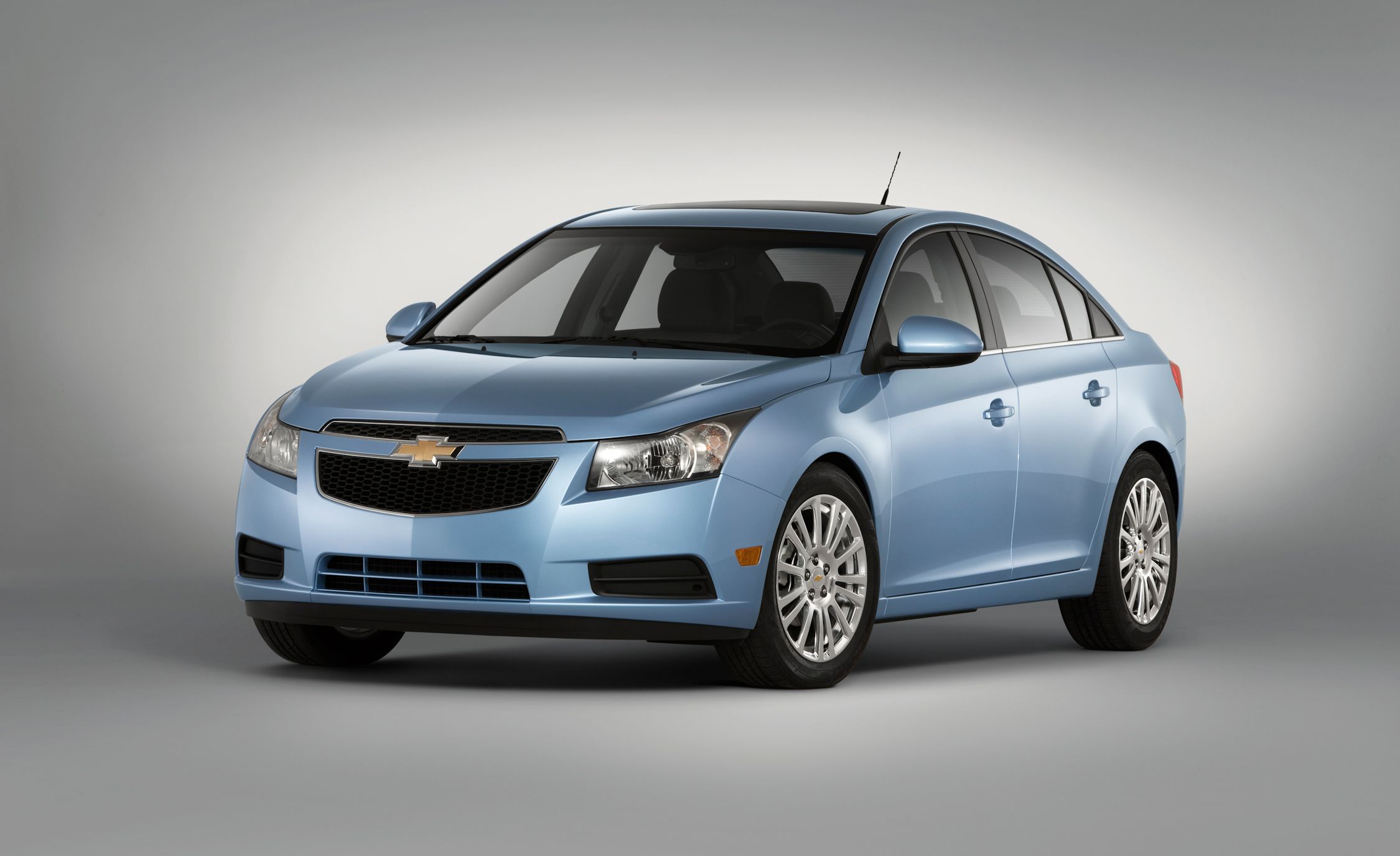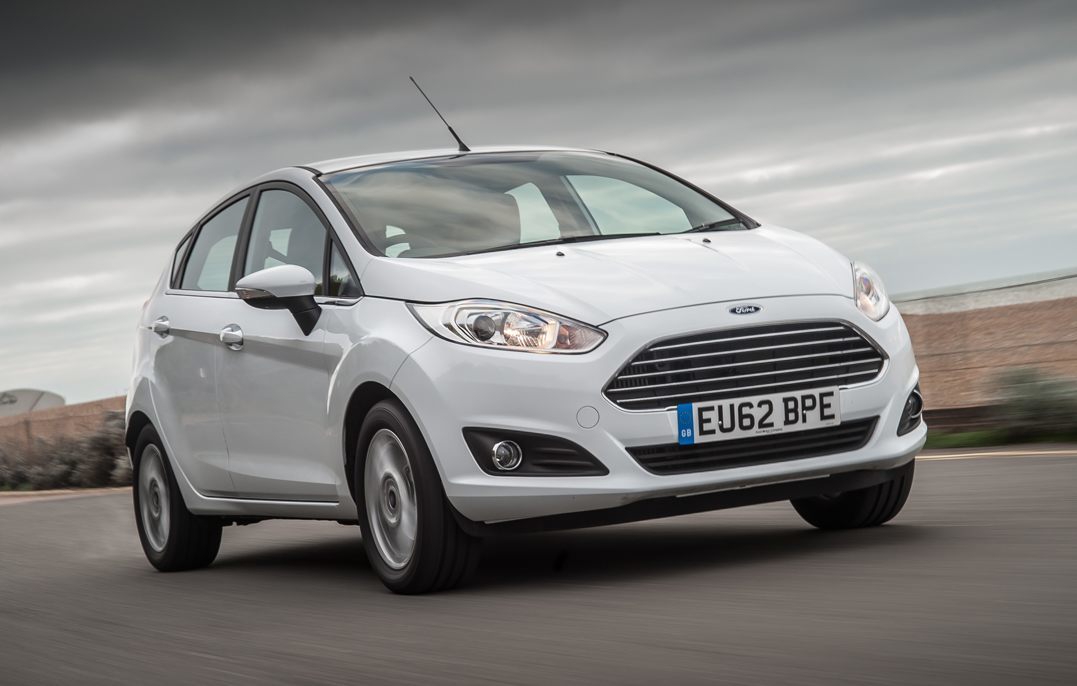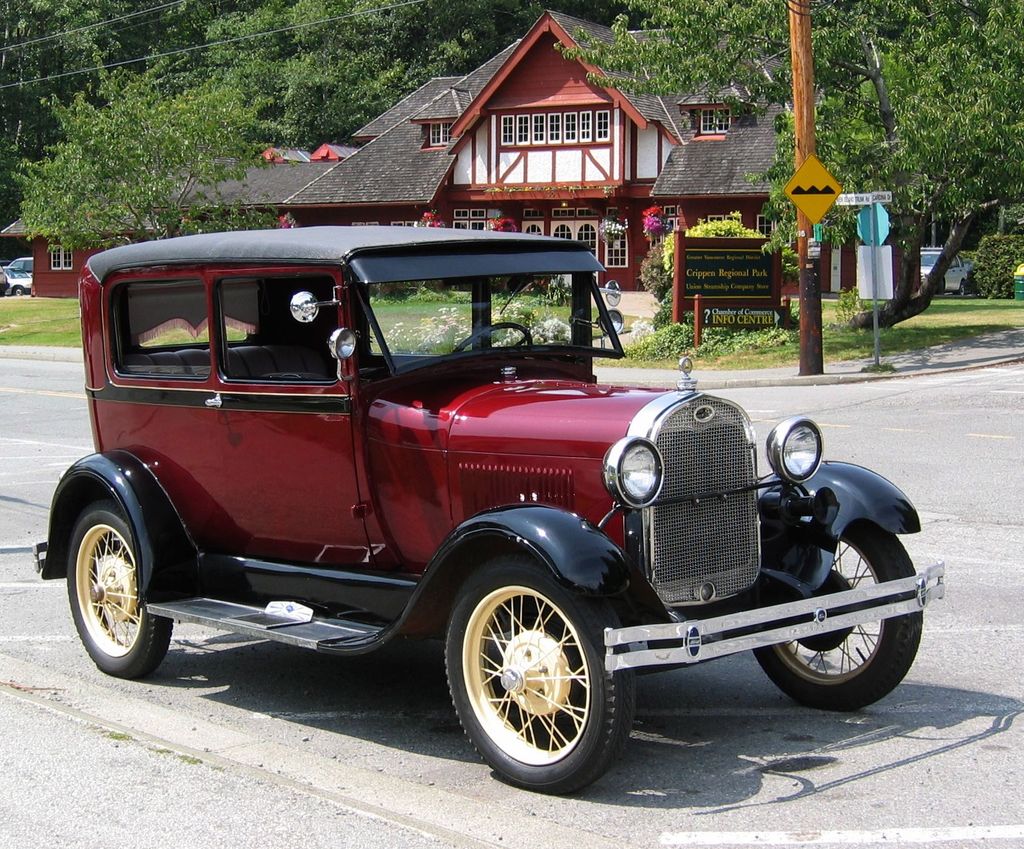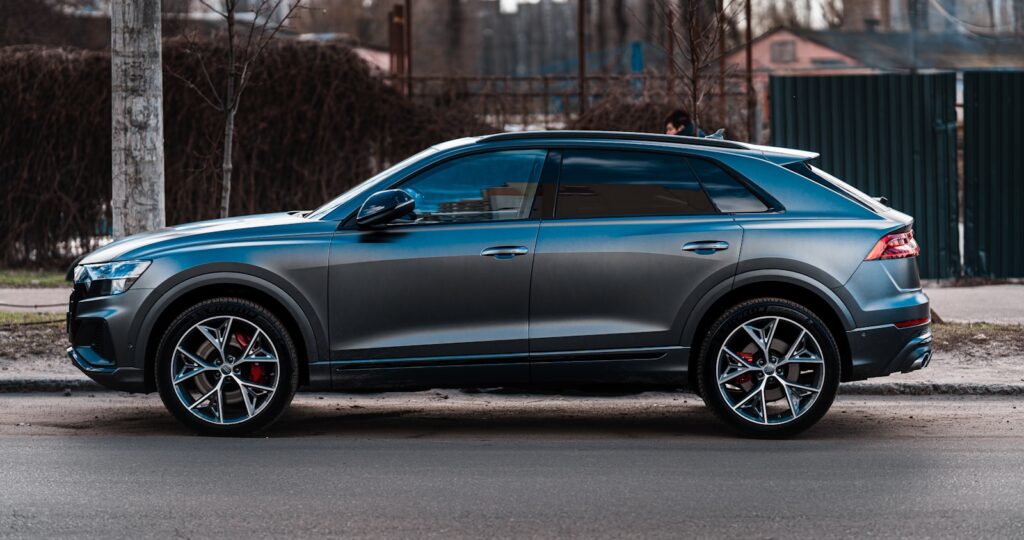
For many consumers, purchasing a compact car is a decision driven by practicality, fuel efficiency, and a reasonable initial price point. These vehicles are often seen as ideal for city driving, commuting, and navigating tighter spaces. However, the true value of any vehicle, particularly a compact one, extends far beyond its sticker price or initial appeal. Long-term reliability is paramount, directly influencing overall ownership costs, driver confidence, and the car’s ability to perform consistently over years of service.
Indeed, an unreliable vehicle, especially one plagued by engine troubles, can quickly transform initial savings into a financial burden. According to J.D. Power, the cost of a typical engine replacement alone can range significantly, typically falling between $2,000 and $10,000. Such an expense can obliterate a substantial portion of a vehicle’s value, turning what seemed like a smart purchase into a regretful one. This underscores the critical importance of researching potential models thoroughly before committing, paying close attention to historical reliability data, consumer complaints, and any widespread issues reported by owners.
While some compact cars consistently deliver robust performance and minimal upkeep, others unfortunately fall short, often due to engineering compromises, subpar components, or designs ill-suited for the rigors of daily driving, particularly in urban environments. This article aims to bring these facts forward, offering an unbiased, data-driven look at ten compact models that have historically struggled with reliability, often exhibiting recurring problems that can surface well before or just as the factory warranty period concludes. Understanding these distinctions is key to making informed purchasing decisions and avoiding potentially costly mistakes in the long run.

1. **Nissan Sentra (2013-2019): CVT Troubles**The Nissan Sentra, specifically models produced between 2013 and 2019, represents a cautionary tale in how a single mechanical component can undermine an otherwise decent car. The primary culprit in these models’ reliability woes is their Jatco Continuously Variable Transmission (CVT). While CVTs are designed for smooth, efficient power delivery, the unit found in these Sentra models frequently struggles under typical urban driving conditions, where stop-and-go traffic places significant strain on the transmission system.
The Nissan Sentra, specifically models produced between 2013 and 2019, represents a cautionary tale in how a single mechanical component can undermine an otherwise decent car. The primary culprit in these models’ reliability woes is their Jatco Continuously Variable Transmission (CVT). While CVTs are designed for smooth, efficient power delivery, the unit found in these Sentra models frequently struggles under typical urban driving conditions, where stop-and-go traffic places significant strain on the transmission system.
This strain often leads to premature failures, with numerous reports indicating that these CVTs can begin to exhibit serious problems as early as 60,000 miles. Owners frequently describe symptoms such as hesitation, slipping, shuddering, or complete transmission failure. The cost of replacing or repairing a CVT can be substantial, often exceeding the car’s market value, which makes these models a risky investment for long-term ownership.
Beyond the transmission, these Sentras also contend with engine issues, particularly carbon buildup. This problem is exacerbated by frequent short trips and cold starts, common scenarios in city driving, which can lead to reduced performance and increased maintenance needs over time. Electrical problems are another concern, with complaints ranging from weak alternators to prematurely failing batteries, further diminishing the Sentra’s appeal as a dependable daily driver.
Moreover, the suspension components in these models have been noted to wear prematurely, especially when subjected to the demands of city streets and uneven road surfaces. While the Sentra may initially seem like an affordable option, the accumulation of these recurring issues—from transmission to engine, electrical, and suspension—ultimately results in higher long-term maintenance costs, making it a less reliable choice for those seeking durability through the warranty period and beyond.

2. **Ford Focus (2012–2018): PowerShift Pitfalls**The Ford Focus, particularly models manufactured between 2012 and 2018 and equipped with the PowerShift dual-clutch transmission, provides another compelling example of how a flawed transmission design can severely impact a vehicle’s durability. This innovative transmission was intended to offer the best of both manual and automatic worlds, but its dry-clutch system proved ill-suited for real-world driving, especially in the stop-and-go traffic scenarios common in urban environments.
Owners of these Focus models have reported a wide array of problematic symptoms, including frequent overheating, pronounced hesitation during acceleration, harsh shifts, and early transmission failure. These issues not only detract from the driving experience but also lead to significant repair expenses. The widespread nature of these problems even led to class-action lawsuits, prompting Ford to offer extended warranties in an attempt to address the reliability concerns, though the damage to the model’s reputation was already done.
In addition to the pervasive transmission issues, these Ford Focus models also struggled with other reliability challenges. Electrical gremlins were a common complaint, contributing to an unpredictable ownership experience. Furthermore, vulnerable rear suspension bushings were prone to premature wear, which could affect ride quality, handling, and necessitate additional repair costs for owners seeking to maintain their vehicle’s integrity.
While the Focus was praised for its sharp styling and engaging driving dynamics, its fundamental transmission flaws drastically reduced its suitability for city life and long-term ownership. For consumers prioritizing dependability and low maintenance, the 2012–2018 Ford Focus serves as a clear example of a compact car that struggled to provide consistent reliability, often failing to meet expectations for durability through its warranty period and beyond.

3. **Chevrolet Cruze (2011–2016): First-Gen Flaws**The first-generation Chevrolet Cruze, spanning model years 2011 to 2016, offers a stark contrast to its more reliable 2019 successor. These earlier models consistently struggled under the demanding conditions of city use, largely due to a combination of design deficiencies and component weaknesses. At the heart of many complaints was the 1.4-liter turbocharged engine, which featured a flawed PCV (Positive Crankcase Ventilation) system.
This PCV system was prone to failure, often by as early as 60,000 miles, leading to significant oil consumption issues and problems with the intake manifold. Such failures are not only costly to repair but can also severely impact engine performance and longevity. The cooling system in these first-gen Cruzes was similarly fragile, with various components, including the thermostat housing and water pump, frequently failing, particularly under the thermal stresses of urban stop-and-go traffic.
Transmission problems also plagued these models, with owners reporting issues such as harsh shifting and premature wear, further contributing to their unreliable reputation. The cumulative effect of these engine, cooling, and transmission weaknesses meant that the vehicle’s core mechanical systems were often unable to withstand the rigors of sustained use, leading to an elevated risk of expensive repairs well within the expected lifespan of a compact car.
Adding to these mechanical woes were various electrical quirks, including corroding trunk switches and weak battery cables, which, while seemingly minor, contributed to an overall impression of poor build quality and frequent inconvenience. As these numerous problems began to converge around the 80,000-mile mark, many owners found themselves facing repair costs that quickly outpaced the car’s depreciated value. Consequently, the first-generation Chevrolet Cruze became a less viable option for those seeking a reliable and economical long-term compact car.

4. **Mitsubishi Mirage (2014–2019): Economy Over Everything**The Mitsubishi Mirage, produced between 2014 and 2019, is a compact car that prioritizes ultra-low cost and high fuel efficiency above nearly all else. While these attributes can be appealing to budget-conscious buyers, they often come at a significant price in terms of long-term durability and driving refinement. The Mirage’s small 1.2-liter engine and its accompanying CVT are particularly challenged by urban driving conditions, where frequent acceleration and deceleration cycles place immense strain on an already underpowered drivetrain.
This combination struggles to provide adequate power for merging into traffic or maintaining speed on inclines, and the constant stress significantly accelerates wear on both the engine and transmission. Owners frequently report a lack of responsiveness and noticeable sluggishness, which can become more pronounced as these components endure the demands of city life. The compromise on robust engineering means these critical systems are simply not built to withstand the same level of stress as more durably designed compacts, leading to early mechanical issues.
Beyond the powertrain, the Mirage also exhibits problems with its suspension and alignment, with issues often surfacing surprisingly early, sometimes before 30,000 miles. This premature wear can manifest as uneven tire wear, compromised handling, and a less comfortable ride. Such problems suggest that the underpinnings of the vehicle are not designed for longevity, especially when confronted with the varied and often challenging road conditions of urban environments.
Furthermore, the Mirage’s alternator and battery have been noted to underperform, particularly when various accessories are in use during city driving. This can lead to unexpected electrical failures and further inconvenience, undermining the car’s supposed low operating cost. Despite its initial compact size and attractive sticker price, the Mitsubishi Mirage’s rapid deterioration in urban use often negates any initial savings with a constant need for maintenance, proving it struggles to deliver reliability through its warranty period.

5. **Fiat 500 (2012–2019): Style Over Substance**The Fiat 500, with model years ranging from 2012 to 2019, undoubtedly captivates with its distinct, chic design, making it a stylistic choice for urban dwellers. However, beneath its charming exterior, reliability has consistently proven to be its Achilles’ heel. The MultiAir engine system, a key feature of many Fiat 500 models, is notoriously sensitive to oil quality and maintenance. Neglecting precise oil specifications or extending service intervals even slightly can lead to expensive and catastrophic engine failures, turning a stylish ride into a significant financial headache.
Compounding the engine issues, the Fiat 500’s automated manual transmission is a frequent source of trouble, particularly in the stop-and-go traffic endemic to city environments. The clutch and actuator mechanisms are prone to premature wear, leading to rough shifts, hesitation, and eventual transmission failure. These problems not only severely impact the driving experience but also require costly repairs, often occurring well within the car’s expected operational life.
Electrical components, especially the Totally Integrated Power Module (TIPM), are also known to fail frequently. Exposed to the thermal and vibrational stresses inherent in urban driving, these critical modules can malfunction, leading to a myriad of electrical problems that are difficult and expensive to diagnose and fix. This consistent pattern of electrical system vulnerability contributes significantly to the Fiat 500’s reputation for unreliability.
Suspension wear also tends to occur early, particularly in cities characterized by potholes and uneven road surfaces. This can result in a diminished ride quality, increased road noise, and the need for frequent suspension repairs. The overall fragility of various components, coupled with Fiat’s eventual retreat from the North American market, further complicates repairs due to limited parts availability and specialized service expertise, cementing the Fiat 500’s status as a compact car where style often significantly outweighs its long-term reliability and practical appeal.
Car Model Information: 2013 FIAT 500 Abarth
Name: Fiat 500
Caption: 1970 Fiat 500 L
Aka: Puch 500
Manufacturer: Fiat Automobiles
Production: 1957–1975,3,893,294 units
Assembly: Turin,Desio
Designer: Dante Giacosa
Class: City car
BodyStyle: ubl
Layout: Rear-engine, rear-wheel drive layout
Doors: Suicide door,Car door#Conventional
Related: Autobianchi Bianchina,NSU/Fiat Weinsberg 500,Vignale Gamine,Autobianchi Giardiniera
Engine: Cubic centimetre,499 cc I2,594 cc I2
Transmission: Manual transmission
Wheelbase: {{convert,1840,mm,in,1,abbr=on
Abbr: on
Length: 2970 mm
Width: 1320 mm
Height: 1320 mm
Weight: 499 kg
Predecessor: Fiat 500 “Topolino”
Successor: Fiat 126,Fiat 500 (2007)
Sp: uk
Categories: 1960s cars, 1970s cars, All Wikipedia articles written in British English, All articles with unsourced statements, Articles containing Italian-language text
Summary: The Fiat 500 (Italian: Cinquecento, pronounced [ˌtʃiŋkweˈtʃɛnto]) is an economy / city car that was manufactured and marketed by Fiat Automobiles from 1957 until 1975. It was sold as a two-door semi-convertible or saloon car and as a three-door panel van or estate car.
Launched as the Nuova (new) 500 in July 1957, as a successor to the 500 “Topolino”, it was an inexpensive and practical small car. Measuring 2.97 metres (9 feet 9 inches) long, and originally powered by a rear-mounted 479 cc two-cylinder, air-cooled engine, the 500 was 24.5 centimetres (9.6 inches) smaller than Fiat’s 600, launched two years earlier, and is considered one of the first purpose-designed city cars.
In 1959, Dante Giacosa received a Compasso d’Oro industrial design prize for the Fiat 500. This marked the first time a Compasso d’Oro was awarded to an automotive manufacturer.
Get more information about: Fiat 500
Buying a high-performing used car >>>
Brand: Fiat Model: 500
Price: $10,995 Mileage: 35,183 mi.

6. **2013 Ford Fiesta: Small Car, Big Engine Problems**The 2013 Ford Fiesta, despite its reputation as an economical and nimble small car, carries a significant reliability burden, primarily stemming from its deeply problematic engine and transmission systems. A staggering 109 complaints have been filed with the National Highway Traffic Safety Administration (NHTSA) specifically regarding the vehicle’s engine, with an additional four complaints focusing on critical engine cooling issues. These numbers are a clear indicator of systemic flaws that compromise the vehicle’s long-term dependability and can quickly escalate ownership costs.
Many consumers have reported experiencing serious failures with the 2013 Fiesta’s powertrain and transmission, often encountering these issues prematurely, some as early as 60,000 miles. Such early and extensive mechanical breakdowns are particularly concerning for a compact vehicle, where buyers typically expect affordable maintenance and a reasonable service life. The cost of repairing or replacing these critical components can easily rival or even exceed the vehicle’s depreciated market value, placing owners in a difficult financial predicament.
The recurring nature of these problems transforms the Fiesta from an economical choice into a financial liability. For those relying on their compact car for daily commuting or city driving, unexpected transmission slips, hesitation, or complete powertrain failure can be more than just an inconvenience; they are significant disruptions that lead to expensive tow bills, rental car costs, and prolonged time without a personal vehicle. This directly undermines the core promise of dependable, budget-friendly transportation.
Ultimately, the 2013 Ford Fiesta serves as a cautionary tale for those prioritizing a low upfront cost without sufficient research into long-term reliability. Its consistent pattern of major engine and transmission failures demonstrates how fundamental design weaknesses can prevent a vehicle from lasting through its warranty period without recurring, costly problems, thereby failing to deliver the expected value to its owners.




